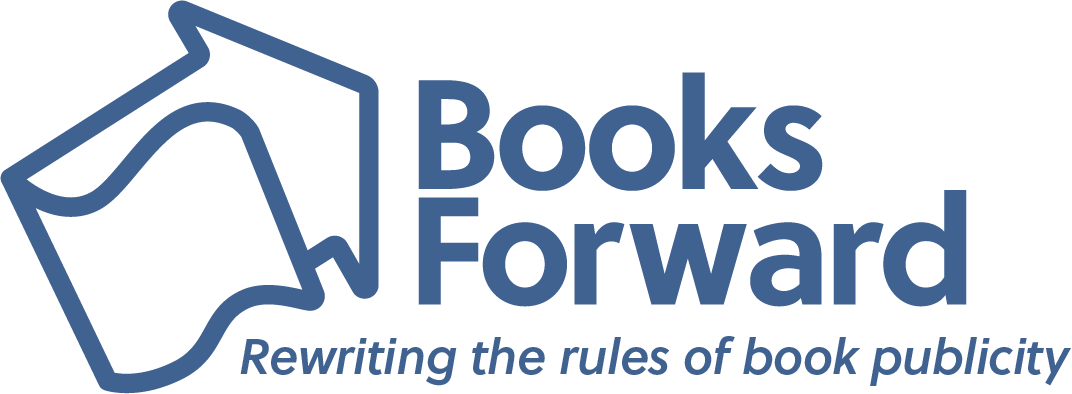Author Suzette Mullen reminds us: “It’s never too late for a new beginning.”
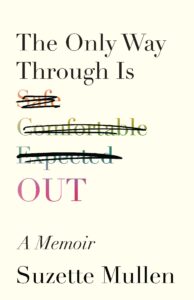 LANCASTER, Pennsylvania – Inspired by a tiny love story she wrote for the New York Times’ popular Modern Love series, author and writing coach Suzette Mullen is releasing “The Only Way Through Is Out” (University of Wisconsin Press) on Feb. 13, 2024. Introspective, bittersweet, and empowering, her memoir is both a coming-out and coming-of-age story, as well as a call to action for anyone who is longing to live authentically but is afraid of the cost.
LANCASTER, Pennsylvania – Inspired by a tiny love story she wrote for the New York Times’ popular Modern Love series, author and writing coach Suzette Mullen is releasing “The Only Way Through Is Out” (University of Wisconsin Press) on Feb. 13, 2024. Introspective, bittersweet, and empowering, her memoir is both a coming-out and coming-of-age story, as well as a call to action for anyone who is longing to live authentically but is afraid of the cost.
Suzette Mullen had been raised to play it safe—and she hated causing others pain. With college and law degrees, a kind and successful husband, two thriving adult sons, and an ocean-view vacation home, she lived a life many people would envy. But beneath the happy facade was a woman who watched her friends walk boldly through their lives and wondered what was holding her back from doing the same.
Digging into her past, Suzette uncovered a deeply buried truth: she’d been in love with her best friend—a woman—for nearly two decades—and still was. Leaning into these “unspeakable” feelings would put Suzette’s identity, relationships, and life of privilege at risk—but taking this leap might be her only chance to feel fully alive. As Suzette opened herself up to new possibilities, an unexpected visit to a new city helped her discover who she was meant to be.
“The Only Way Through is Out”
Suzette Mullen | Feb. 13, 2024
University of Wisconsin Press | Memoir
Hardcover | ISBN-10: 0299345505 | $26.95
Ebook and audiobook editions also available
About the Author
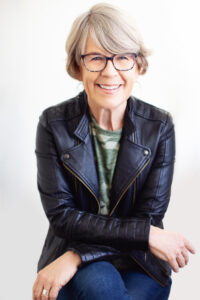 Suzette Mullen is the founder of Your Story Finder nonfiction book coaching and a founding board member of the Lancaster (PA) LGBTQ+ Coalition. Her “tiny love story,” the seed which became her new book, The Only Way Through is Out, was published in the New York Times “Modern Love” column. Mullen is a graduate of Harvard Law School and Wellesley College.
Suzette Mullen is the founder of Your Story Finder nonfiction book coaching and a founding board member of the Lancaster (PA) LGBTQ+ Coalition. Her “tiny love story,” the seed which became her new book, The Only Way Through is Out, was published in the New York Times “Modern Love” column. Mullen is a graduate of Harvard Law School and Wellesley College.
Follow Suzette Mullen on social media:
Facebook: @Suzette-Mullen-Author | Instagram: @urstoryfinder
Praise for Suzette Mullen and “The Only Way Through Is Out”
“With candor and deep vulnerability, Suzette Mullen offers a compelling, honest and hopeful memoir that examines the hidden truths involved in accepting our deepest wants and desires. The Only Way Through is Out is a lesson to all of us on what great things can happen when we act with authenticity and honesty.” — Jessi Hempel, author of “The Family Outing”
“I could not put this book down. Mullen shows us the search for one’s authentic self has no expiration date and is worth whatever it takes. This book is a glorious tale of tenacious courage that anyone searching for their own path in life will love.” — Jennifer Louden, bestselling author of “Why Bother? Discover the Desire for What’s Next”
“An honest and insightful delve into coming out later in life, The Only Way Through Is Out is filled with tears, laughter, and, above all, hope.” — Lara Lillibridge, author of “Girlish: Growing Up in a Lesbian Home”
“In The Only Way Through Is Out, Suzette Mullen reveals how she unearthed her true sexual identity from beneath a mountain of cultural, familial, and internalized heteronormativity. Swimming upstream, she emerges in midlife as the heroine of her own story, and as inspiration to any reader struggling to express their most authentic self.” — Robin Rinaldi, author of “The Wild Oats Project: One Woman’s Midlife Quest for Passion at Any Cost”
“In this courageous memoir, the reader feels keenly both the writer’s anguish and her emerging strength as she chooses between a safe, comfortable path and a leap into the unknown. With raw honesty, Mullen is willing to make herself vulnerable on almost every page of this story of poignant loss and sustaining gain, as she stills the external voices in her world and listens to her own truth.” — Mary Alice Hostetter, author of “Plain: A Memoir of Mennonite Girlhood”
“A memoir of discovering one’s sexuality and finding the courage to act, the book has a strong positive message for the many people who come out later in life—the late bloomers, as they are known in the queer community. Such stories are important, and this one is told well and fun to read.” — Lori Soderlind, author of “The Change”
“An affecting coming-into-consciousness narrative that burrows into the urgencies of queer awakening and carries its reader through the agonies and ecstasies of living one’s truth. Suzette Mullen masterfully conjures the battling inner voices that prolong the reconciliation of her Christian beliefs with the urgings of her body and heart. A touching, visceral story that celebrates giving into queer joy, no matter how long it takes.” — Alden Jones, author of “The Wanting Was a Wilderness”
In an interview, Suzette Mullen can discuss:
- Dealing with the fears of coming out, including family impact
- Starting over at midlife in your career, personal life, and sexuality
- Navigating “silver divorce,” and dating at midlife and beyond
- How and why it’s possible to be in decades-long denial about your sexuality
- How to discover and live as your more authentic self
- How living authentically in your personal life positively impacts your professional life
- Writing a tiny love story for the New York Times Modern Love series
- Her work to amplify LGBTQ+ voices
- Her work as a book coach helping LGBTQ+ memoir writers raise their voices, write their stories, and becoming published authors
- Her career as a writing coach, how that experience helped write her own memoir and publish her first book in her 60s
- The art of memoir writing, how to know where your story starts and ends
An Interview with
Suzette Mullen
Tell us about the Modern Love tiny love story you wrote for the New York Times that eventually transformed into your new memoir, “The Only Way Through Is Out.”
While I was in the midst of revising my memoir manuscript before querying agents and publishers, I wrote a one-hundred word “tiny love story” for the Modern Love column titled “Crafting a New Life,” essentially my capital S Story in miniature. The tiny love story described a moment when I attended my first Pride event ever with one of my two sons by my side and contrasted it with a moment four years later when I returned to Pride with my wife by my side. I loved the challenge of distilling my story down to its essence, and I still remember the thrill I felt when I received an email from the New York Times editor telling me they wanted to publish my piece!
Prior to the events that led to my coming out and attending my first Pride, I lived a safe, comfortable, and very straight life. Married nearly thirty years to a man. Mother to two young adult sons, one working on Wall Street, the other in college. Financial security. A home in Houston and a vacation home in Montauk. With the arrival of an empty nest, my husband and I were actively discerning what we wanted our next chapter to look like. Let’s just say me coming out and us getting divorced wasn’t on our radar.
Was there a defining moment when you realized that coming out would be the right path for you?
For me, coming out was a gradual process of unpacking decades of denial. I went through stages that are common to many who come out later in life: First, I acknowledged my attraction to a particular person, in my case this was Reenie, my best friend. I wondered (hoped?) that maybe “this” was “just her.” Then I got real with myself that “this” wasn’t “just her,” and it hadn’t been “just her” for decades, but I still didn’t know what to do about this revelation. Could I keep on living as I had, in a marriage to a man, presenting to the world as straight? Even after “sort of” coming out to Reenie, my now ex-husband, my sons, my mom, and my sister (“I think I’m gay?”), I still wasn’t ready to fully embrace who I was. It wasn’t until one early morning when I sat in stillness with a cup of coffee in hand that I knew what I had to do. I knew who I was. I knew what I wanted. And I knew I wasn’t willing to go to my grave without knowing that part of me. That’s when I made the leap and fully came out.
How did you feel when Reenie, the woman you were in love with, did not reciprocate your feelings?
When Reenie indicated that she didn’t feel the same way about me that I felt about her, my initial reaction was relief. Her response was what I had expected, and for a brief moment, I thought maybe all “this” could be over. Maybe since I no longer had to worry about leaving my marriage to be with her, I could go back to my very nice life with my husband and my friendship with her. But within seconds, another feeling rushed through me: fear and dread. I knew at the deepest part of my being that “this” wasn’t just an attraction to Reenie. “This” was an attraction to women in general and what the hell was I going to do about that?
How did your now ex-husband, sons, other family and friends respond when you came out to them?
While the hardest person to come out to was myself, it also wasn’t easy coming out to others. My now ex-husband initially told me he didn’t think I was gay, but over time he was generally gracious, patient, and accepting as I processed what was true for me and what was not true. For my two sons, in their twenties at the time, the news that their parents were contemplating divorce was harder to hear than the fact that their mom thought she might be gay. Other close family members had difficulty understanding how I could possibly leave my very nice and comfortable life, even if I was gay. One family member wondered if this was a phase or a midlife crisis. While their initial lack of acceptance was hurtful, later I realized that they needed time to process this big change, which would impact their lives too. Overall, my friends were very supportive when I came out to them. A few, however, urged me to stay in my marriage, to avoid hurting my husband and to “honor my vows.”
Did any part of you want to resist this later-in-life realization that you’re a lesbian and continue with your life as is just because it was familiar and comfortable? How did you navigate those complex feelings?
Uh yes. That’s a huge part of what my book is about! I had a good life. I was married to a man I loved. I didn’t want to leave that life. For a long time, I wasn’t even sure I was really gay—I hadn’t even kissed a woman. And seriously, who risks everything for a life they’ve been living only in their head? Especially someone like me who had been conditioned to play it safe. Ultimately, I was faced with this choice: was I going to stay in the comfortable, safe life I had built or was I going to leave behind everything I knew to discover this part of me? I struggled. I wrestled. I worked with a therapist. I talked to friends. But finally, I had to decide whose voice to listen to … and the answer was my own.
Did you experience any grief over the “loss” of your former life?
Absolutely. After the initial euphoria of coming out, reality set in and I experienced bouts of deep grief, which I initially misinterpreted as evidence that leaving my marriage had been a grave mistake. My thought process was: I chose this new life; shouldn’t I be happier? The first Christmas after the divorce was hard as my sons and I sat in my sparsely furnished new apartment, nothing familiar surrounding us. I couldn’t help feeling replaced as I contemplated my ex-husband and his new partner living in the beautiful ocean-view house that used to be mine. Seeing Instagram posts of gatherings with friends that I was no longer invited to. You don’t just walk away from a thirty-year marriage that had so much good in it without feeling loss. What I’ve come to believe is that leaving a marriage and an entire life like I did can be the right choice and you can still grieve what you left behind. Joy and grief can co-exist. It’s important to allow yourself to feel all the feels.
This must have been a lonely journey. Where did you find support?
Initially, I didn’t know a single other person who had experienced an awakening of their sexuality at midlife. I felt extremely alone and isolated, with no one to lean on or to show me a path forward. One of many, many internet searches led me to a newly-formed Facebook group for women questioning their sexuality or coming out later in life. That group of 50 women, which eventually grew to 2000+ women from all over the world, became my lifeline. The Lalas, as I call them in my book, answered my questions, carried me when I couldn’t carry myself, and helped me see a way forward when I couldn’t see one myself. Today I count some of these women to be among my very closest friends.
How did you discover, uncover and cultivate your authentic self? Do you think everyone already knows who they are deep down?
Ironically, writing is what led me to discover and uncover my authentic self. While working on a different book project, I started writing more and more about Reenie, my best friend. One day I wrote about a moment when my fingers grazed her arm and an electric charge went through my body. At some level, I knew those words were important—and dangerous—I almost deleted them after writing them. Instead, I shared the scene with a book coach I was working with, and her comment about the electric charge moment was what set this journey in motion. “That sounds exactly like someone falling in love,” she wrote. She was right. There was my truth in black-and-white on the page, as obvious as can be, but I hadn’t been able to see it before. The words I wrote that day emerged from a still, quiet voice inside of me, a place of deep knowing. Everyone has a voice inside them calling them back to their true and authentic self, but it requires stillness and deep listening to hear that voice. It requires a willingness to step away from the noise of all the other voices and distractions competing for your attention. The answers ARE inside you. Your inner voice will lead you to your authentic self, who you are at your core. All you need to do is listen.
How do you deal with the question many have of those who come out later in life (“Did you really not know you were gay?”)? Is it possible for people to be in prolonged denial about their sexuality?
I really did not know I was gay, despite ample evidence to the contrary! Despite crushing on a female high school teacher. Despite writing in my journal when I was a teenager that I was “rather worried about my sexuality.” Despite fantasizing about women when I was having sex with men. Despite wanting to run away with my “friend.” My experience is that it is absolutely possible to be in prolonged denial about one’s sexuality, and I’ve seen this same denial play out in the lives of many of the women in the later in life support groups I have been part of. While some late-in-lifers know from a very young age that they are gay, many others, like me, feel as if the revelation comes completely out of the blue. It’s only when we look back on our lives that we see the evidence. That we ask ourselves: How could I have NOT known I was gay?
Why do you think you were in denial about your sexuality?
I’ve thought about that a lot. I think it’s a combination of (1) growing up in a heteronormative culture and being conditioned to believe I was straight—being gay/queer/lesbian was not even on my radar; (2) not having any queer role models growing up—I wasn’t aware of a single student or teacher in my high school in the mid-late ‘70s who was “out;” (3) falling in love with the man who became my husband—if I was in love with a man, how could I be gay?; (4) family conditioning that valued safety over risk; and (5) in my late thirties, working with a therapist who suggested my fascination with women’s bodies might be a result of me not having been breastfed as a baby. Yes, a therapist really said that to me.
Do you think you were always gay and suppressed it or do you think you were bisexual before or sexually fluid or what? How do you feel about labels when it comes to sexuality?
Early on, I spent a lot of time wondering if I was “born gay” or became sexually fluid later in life or what had really happened. There was no way for me to definitively answer those questions, and later those questions became less important to me. What mattered was what I knew to be true about myself and my identity in the present. Today, I identify as a lesbian, and as part of the LGBTQ+ community and the queer community. Like many of my younger peers, I’ve come to embrace the term “queer,” which for me means “not straight.” I am most definitely not straight.
Similar to Glennon Doyle’s “Untamed,” your book asks whether a woman has the right to go after her desires when doing so throws a bomb into the family ecosystem. Can you elaborate on this? How did you navigate this?
Women, particularly women who are mothers, have been conditioned to put everyone else first—their spouses, their children, their elderly parents. Sometimes that conditioning is so entrenched that we don’t even allow ourselves to think about what we want—let alone contemplate going after those desires. I grew up believing that life was about being careful, not making mistakes, following the rules, and avoiding risks. Change was scary for me, and the truth is that when one person in a family changes, the whole family changes. In the book, you see me doing everything I can to try to avoid causing others—and myself—pain, and ultimately realizing that, of course, there was no way forward without pain—for myself and for the people closest to me. My now ex-husband had no interest in staying in a marriage that was unhappy and neither did I. I finally made the decision to go after my desires, despite the cost to myself and others, when I realized that the only possible path to happiness for me was leaving my marriage and exploring life on the other side. I wasn’t willing to go to my grave without knowing who I was in all aspects of my life.
What would you advise others who have reservations about the impact that coming out – or in any way being their more true self – might have on their family or loved ones?
Every day I see people in the messy middle posting in the coming out later-in-life support groups that I am still part of who can’t imagine how they are going to get unstuck. I reach out and tell them that I understand. That I was once them, feeling hopeless and despairing. I get how hard it is to be in that place. And the best part is that now I get to show them what my life looks like 7+ years on the other side. I may have thrown a bomb into my family ecosystem, but my family was not destroyed. It just looks differently now. Everyone is thriving in their own way, my ex-husband, my two sons, and me. For anyone worried about the impact on others if they come out or live more fully as themselves in any way, I would say this: In the end, you have one wild and precious life, as poet Mary Oliver so eloquently wrote. Don’t waste it by living a life that isn’t truly your own. The people who matter will embrace you being your truest self, although it may take some a while to get on board. Try to be patient with them. And for those who won’t embrace the true you? They aren’t your people. This is your one wild and precious life. Live it.
What would you say to anyone who doubts their ability to start over?
First, I acknowledge that I enjoyed significant privilege in my starting-over journey: financial security, marketable job skills, and a generally supportive ex-husband. I don’t want to minimize the challenges of starting over when you don’t have these advantages. But what I can speak to are the fears and doubts many people have as they contemplate starting over—at any age. Somehow as a society we have adopted the mindset that once you’ve made your bed, you have to lie in it, and as a consequence, many of us stay stuck in unsatisfying personal and professional lives. You don’t have to stay stuck. You don’t have to lie in that bed. You are more capable than you think. People called me brave for starting over in my mid-fifties. I didn’t think I was brave. I didn’t feel brave. But ultimately, I didn’t give over my agency to fear and doubt. I didn’t let fear stop me from taking a first step and another and another. And when fear and doubt threatened to overcome me, I called out for help and the universe responded. Friends took me in. Unexpected possibilities opened up. Synchronicities unfolded. You may think you don’t have what it takes to start over. I’m betting you do. I believe in you.
You’ve been in the ever-evolving writing industry since your first byline in 1978. In 2024, you’re publishing your first book in your 60s. And not only are you a published author, you’ve also had a successful career as a writing coach. How has the industry changed since you first entered? Are there old industry practices you wish we’d bring back? Likewise, in what way has the writing industry’s evolution helped writers?
Long gone are the days when editors at traditional publishing houses routinely took writers under their wings, helped them develop their books, then sent them off on glorious all-expenses paid book tours!
Maybe that happened for Prince Harry, but for the rest of us? Not so much. In an increasingly competitive marketplace, writers are now responsible for getting their manuscripts in the best condition they can before querying agents or publishers. This change in publishing is one of the reasons why book coaching has emerged as an industry, as book coaches provide editorial support, accountability, emotional support, and strategic help for publication path decisions and marketing. Today, authors are also asked to carry a larger share of the marketing for their books and/or hire other professionals to help them with marketing.
The good news for writers is that there are many more options for publishing than there were even a decade ago. The gatekeepers are still there in traditional publishing but with the advent of smaller presses, (reputable) hybrid publishers, and many self-publishing options, anyone with a reasonable amount of tenacity and determination can get their book out into the world.
How did the professional experience as a writing coach guide you in writing your own book?
As a book and writing coach, I knew how valuable it was to have someone by my side to provide ongoing feedback and accountability and to support me when the doubt demons inevitably whispered in my ear as I went from idea to first draft to revision and eventually to publication. Throughout all those phases, I worked with various book coaches associated with Author Accelerator, the book coaching community where I received my training and where I was certified as a fiction and nonfiction book coach. With my coaches’ support, and with my own understanding of craft and storytelling, as well as my knowledge of the publishing landscape, I was able to write a book I am proud of and land a book deal with a publisher who valued my story and my project.
Did coming out impact your career?
Yes! For many years before I began to question my sexuality, I struggled to find my right-fit professional path. The road from Harvard Law School to author and book coach was winding, often frustrating, sometimes satisfying, but never felt fully aligned until I was aligned in my personal life. After I came out and was living more authentically, I opened myself up to professional opportunities that were aligned with my gifts and my values. The work I do with writers, especially LGBTQ+ memoir writers, brings me great joy and is the work I was born to do. It just took me a while to get there.
Can you tell us more about “Your Story Finder,” where your mission is to amplify LGBTQ+ voices?
Your Story Finder is the name of my book coaching business, where I help LGBTQ+ writers and allies raise their voices, write their stories, and become published authors. As an LGBTQ+ author and advocate, I’m aware of the urgency to get more real-life LGBTQ+ stories out in the world in today’s political climate, and of the barriers that prevent those stories from being told. To address this issue, I’ve created an accessibly-priced group coaching mentorship program called Write Yourself Out exclusively for LGBTQ+ memoir and nonfiction writers. Inside that mentorship program, I provide a safe space and judgment-free zone where queer writers can be vulnerable in community and not have to explain themselves, in addition to providing editorial support and strategic guidance about publication.
Can you tell us more about your other activism efforts, including being a founding member of The Lancaster LGBTQ+ Coalition?
I’ve been engaged in social justice work for decades, and I put my experience to work soon after I came out and moved to Lancaster, PA. At the time, the City of Lancaster and surrounding county did not have a center or an organization dedicated to serving the LGBTQ+ community. With other community members, I began to discuss the possibility of founding a non-profit to promote a more equitable Lancaster County where all could live courageous, full, and authentic lives. After months of conversation, planning, fundraising, and organizing, the Lancaster LGBTQ+ Coalition was founded in early 2019. I had the privilege of serving the Coalition as a founding board member and later as an adviser. Today I serve on the advisory committee of the Lancaster LGBTQ+ Giving Circle, which oversees grants to LGBTQ+ related projects throughout Lancaster County.
Download press kit and photos
A former award-winning journalist with national exposure, Marissa now oversees the day-to-day operation of the Books Forward author branding and book marketing firm, along with our indie publishing support sister company Books Fluent.
Born and bred in Louisiana, currently living in New Orleans, she has lived and developed a strong base for our company and authors in Chicago and Nashville. Her journalism work has appeared in USA Today, National Geographic and other major publications. She is now interviewed by media on best practices for book marketing.

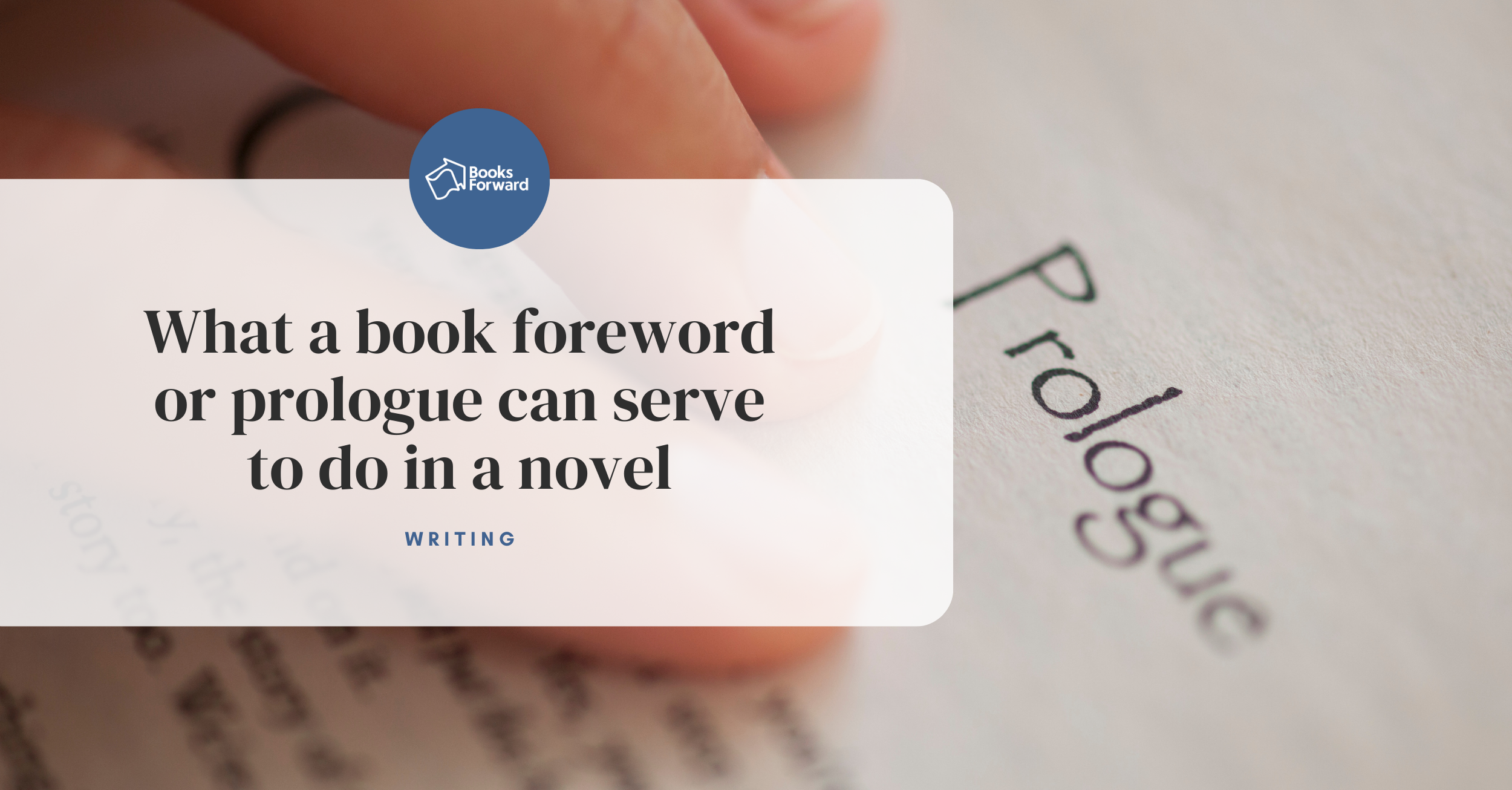

 WASHINGTON, DC
WASHINGTON, DC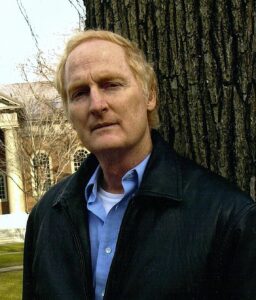 EDWARD GREEN
EDWARD GREEN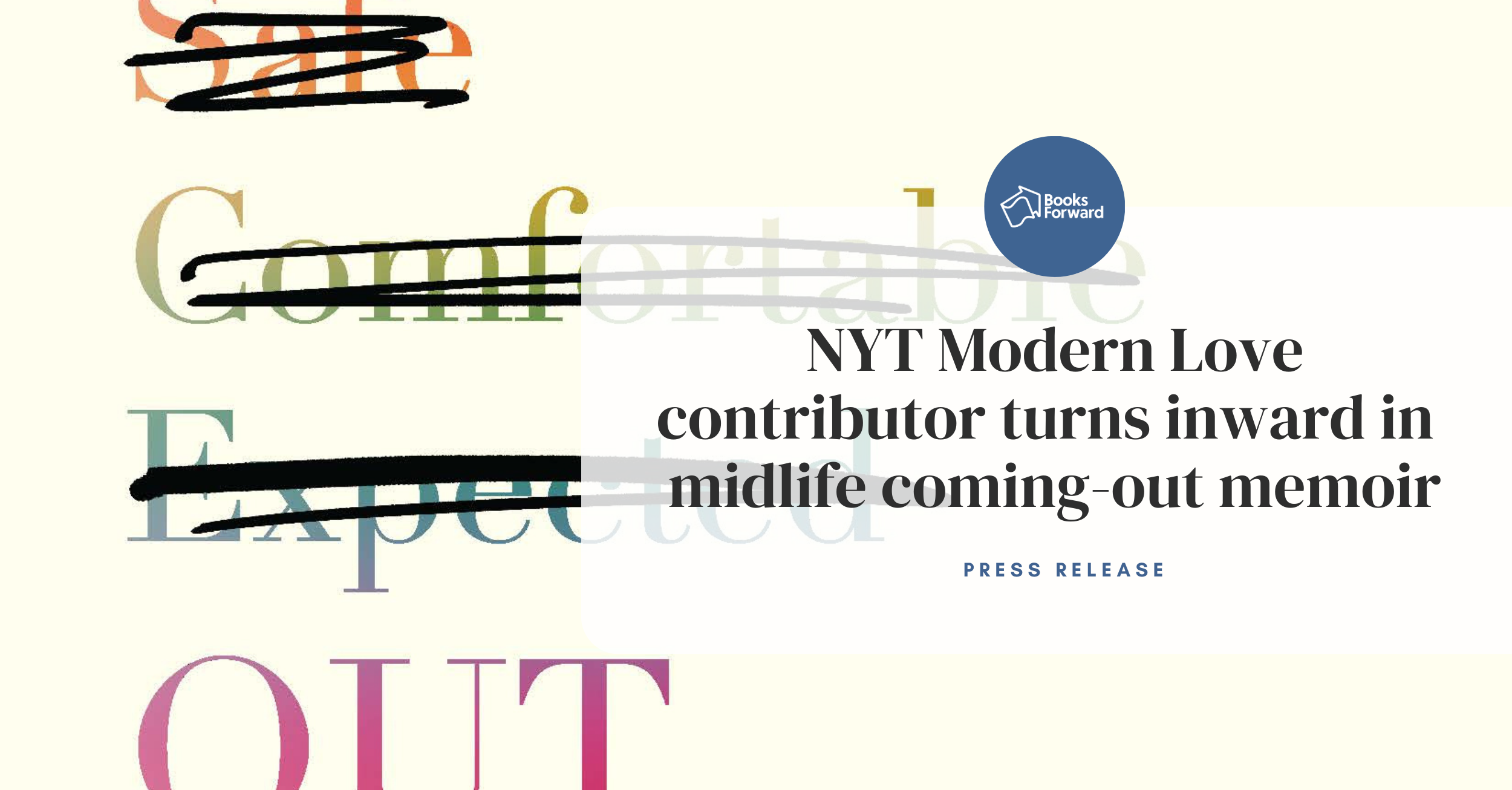
 LANCASTER, Pennsylvania
LANCASTER, Pennsylvania Suzette Mullen is the founder of Your Story Finder nonfiction book coaching and a founding board member of the Lancaster (PA) LGBTQ+ Coalition. Her “tiny love story,” the seed which became her new book,
Suzette Mullen is the founder of Your Story Finder nonfiction book coaching and a founding board member of the Lancaster (PA) LGBTQ+ Coalition. Her “tiny love story,” the seed which became her new book, 
 Ann Arbor, MI
Ann Arbor, MI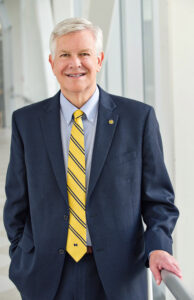 MARSCHALL RUNGE, MD, PhD,
MARSCHALL RUNGE, MD, PhD,
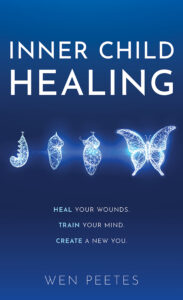 DEERFIELD BEACH, Florida
DEERFIELD BEACH, Florida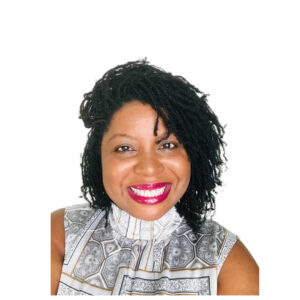 Wen Peetes is a coach, mentor and speaker who helps women become powerful decision makers, so they never have to doubt themselves again. With her popular Instagram @rebelforaspell, Wen continues to expand her reach through her daily content and by sharing tools of transformation with tailored offerings including, her private one-on-one coaching program (Born Divinely Worthy), her VIP Retreat and her group mentorship program (Self-Divine Healing Accelerator). Wen is also a songwriter, singer and a producer, releasing the album Woman Empowered under her moniker, Wendy St. Kitts, and singles under Violins For Milk.
Wen Peetes is a coach, mentor and speaker who helps women become powerful decision makers, so they never have to doubt themselves again. With her popular Instagram @rebelforaspell, Wen continues to expand her reach through her daily content and by sharing tools of transformation with tailored offerings including, her private one-on-one coaching program (Born Divinely Worthy), her VIP Retreat and her group mentorship program (Self-Divine Healing Accelerator). Wen is also a songwriter, singer and a producer, releasing the album Woman Empowered under her moniker, Wendy St. Kitts, and singles under Violins For Milk. 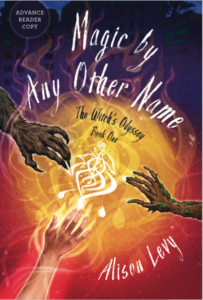 Greensboro, NC
Greensboro, NC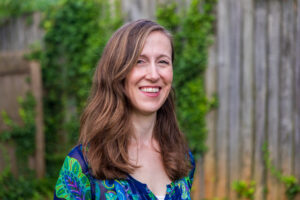
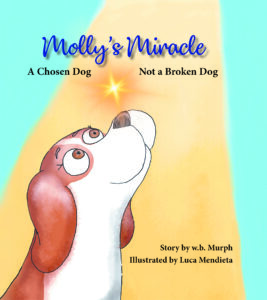 Colorado Springs, CO
Colorado Springs, CO W.B. Murph
W.B. Murph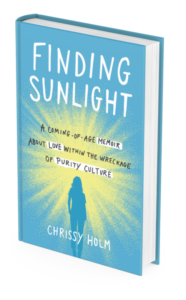 Minneapolis, MN
Minneapolis, MN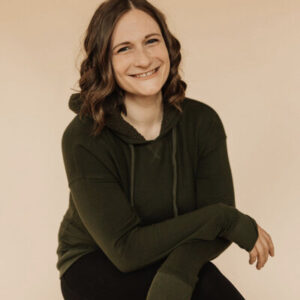 Chrissy Holm
Chrissy Holm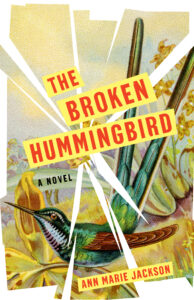 SAN MIGUEL de ALLENDE, MEXICO
SAN MIGUEL de ALLENDE, MEXICO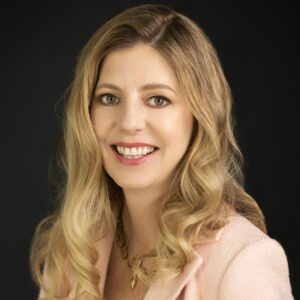 ANN MARIE JACKSON
ANN MARIE JACKSON